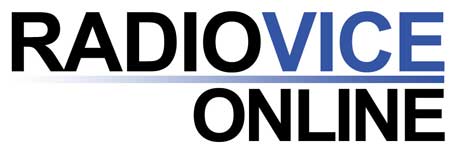More on the Temporary Stimulation Package
As you may know, the bill that came out of the House did not include any extension of unemployment benefits. Now, the Senate committee reviewing the bill wants to add a temporary plan for an extension of benefits.
Michelle Malkin has a source who is a staffer in one of the House sub-committees who forwarded her some research concerning past “temporary” extension of benefits, that turned out to be not so temporary. Socialism at it’s best!
Great information:
Unemployment benefit program 1991-1994
Original proposed program length: 8 months
Original estimated cost $7 billion
Actual length: 29 months
Actual cost: $39 billion
Number of extensions: 5
Unemployment rate at start of program: 7 percent
U rate at end: 6.4 percentUnemployment benefit program 2002-2004
Original proposed program length: 10 months
Original estimated cost $9 billion
Actual length: 29 months
Actual cost: $26 billion
Number of extensions: 2
Unemployment rate at start of program: 5.7 percent
U rate at end: 5.8 percentUnemployment benefit program 2008
Original proposed program length: 11 months
Original estimated cost $10 billion
Actual length: ? months
Actual cost: ? billion
Number of extensions: ?
Unemployment rate at start of program: 5 percent
U rate at end: ?SFC [Senate Finance Committee] documents suggest the “temporary” extended unemployment benefits program would operate only through CY 2008 and cost $10 billion. But these sorts of programs never work out that way.
- RS reports that no “temporary” extended benefits program created since 1970 has expired without being extended
- Programs created in the 1980s and 1990s were extended 6 and 5 times, respectively.
- The prospects a temporary program created today will expire at the end of 2008 as the SFC proposes – with the window of eligibility shutting two days after Christmas – is both dubious and would be without precedent in the last generation.
Even if it operated only as long as the “average” program created since 1980, a “temporary” program created now will be paying extended benefits in mid 2010.
- The average duration of extended benefits programs created since 1980 is 30 months.
- If a program started in February 2008 and paid benefits for 30 months, the final payments would be made in July 2010.
- The total cost of such a program would likely be $30 billion or more.
If prior extended benefits programs began when the national unemployment rate was as low as 5.0%, these “temporary” programs would have operated for decades.
- The U.S. unemployment rate was 5.0% or higher in every month between January 1974 and April 1997 – more than 23 years in a row.
- Today’s 5.0% rate is below the average of the 1970s, 1980s, and 1990s.
- During the Clinton Administration (1993-2000), the average unemployment rate was 5.2%.
- According to a 2007 report by the Congressional Budget Office, today’s 5.0% unemployment rate is the same as the “natural rate” CBO will use “both currently and for the 10-year projection period through 2017.” Put another way, according to CBO today’s unemployment rate is “normal” not “high.”
- Creating an extended benefits program now will create a precedent to repeat this action every time the unemployment rate reaches this historically modest level. That will cost billions of dollars and encourage more and longer unemployment.
Wow.
The website's content and articles were migrated to a new framework in October 2023. You may see [shortcodes in brackets] that do not make any sense. Please ignore that stuff. We may fix it at some point, but we do not have the time now.
You'll also note comments migrated over may have misplaced question marks and missing spaces. All comments were migrated, but trackbacks may not show.
The site is not broken.
